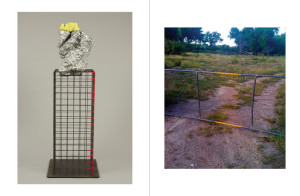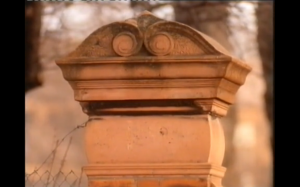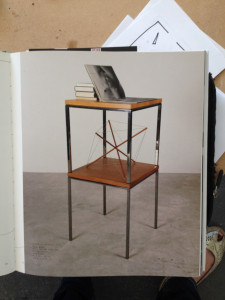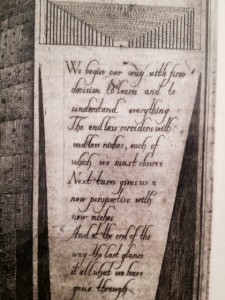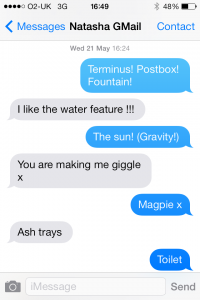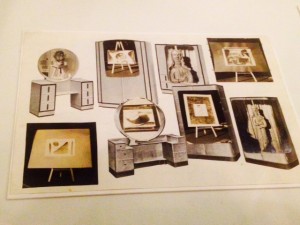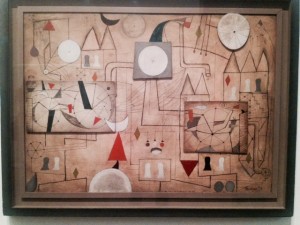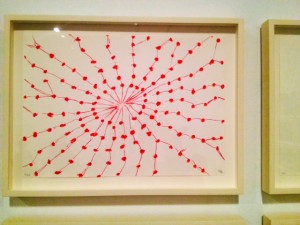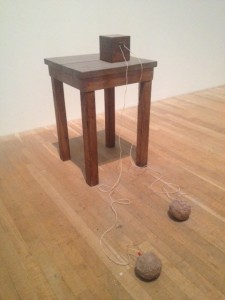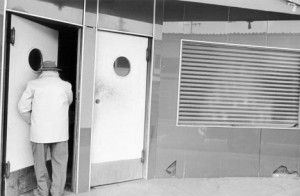By way of welcome to those still arriving.
As Summer School approaches and we invite people to the Noticer I’ve been wondering what encountering it for the first time might be like. How have we made sense of it to date or is it less about sense and more about recognising and allowing space for a need to deposit a collection of resonant things in proximity to one another?
While many of the posts have sort to make connections across the various ideas being shared the reality of a blog is a much more linear affair – and a dense one at that! So how does one encounter and, if not make sense of, make friends with this proliferation of stuff so as to be able to join in? Might it be that we (posters to date) have been aided in this task by the fact that we know one another and have a sense of each other’s interests, specialisms, practices etc? How do we invite others in? How might we come to know you?
It seems to me that the impulse here is in the ‘bringing’ or the ‘offering up’ more than any notion of consumption. And perhaps this is the Noticers particular invitation; to value what(ever) arrives with it, to allow disparate ideas and experiences to find a non-hierarchical space in which to co-exist for a time. It should allow for different knowledge and different knowing, it may re-test well versed ideas or suggest other possibilities, or not do either of these things. What I think it does do is recognise the often joyous, affirming, sometimes almost physical and active state of recognition. What we are encouraged to do is to respond.
Welcome.
